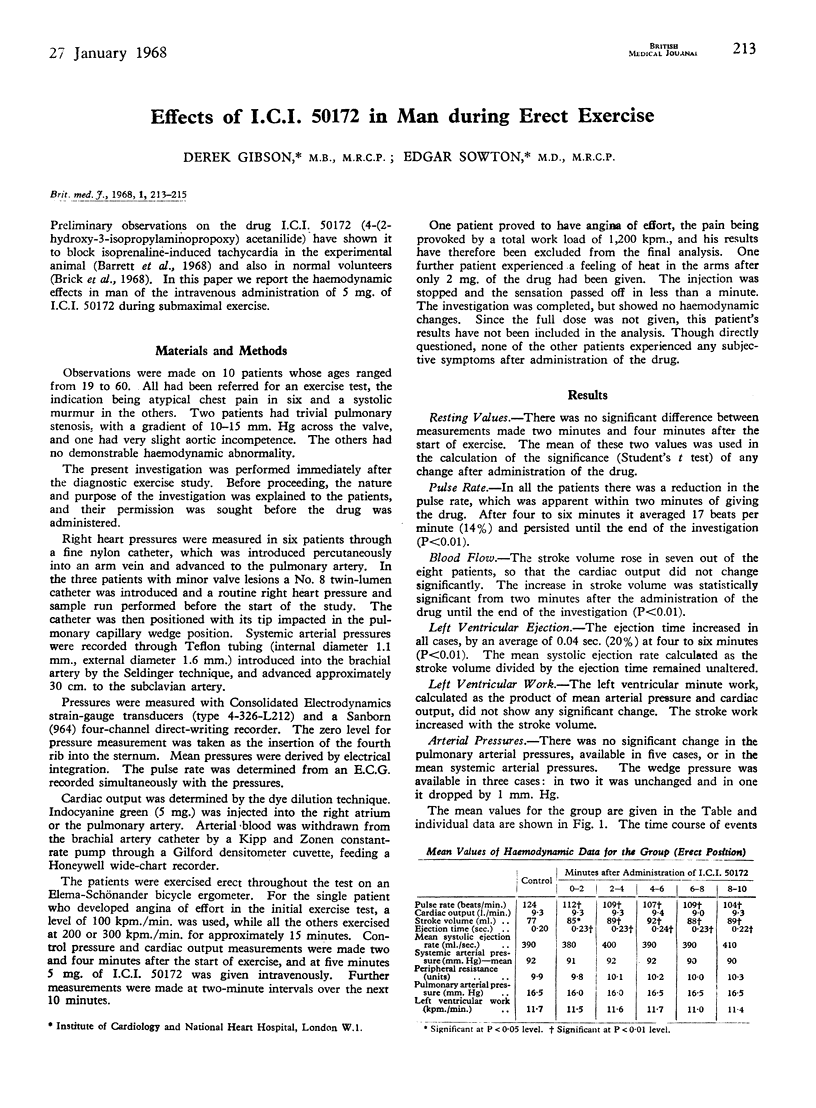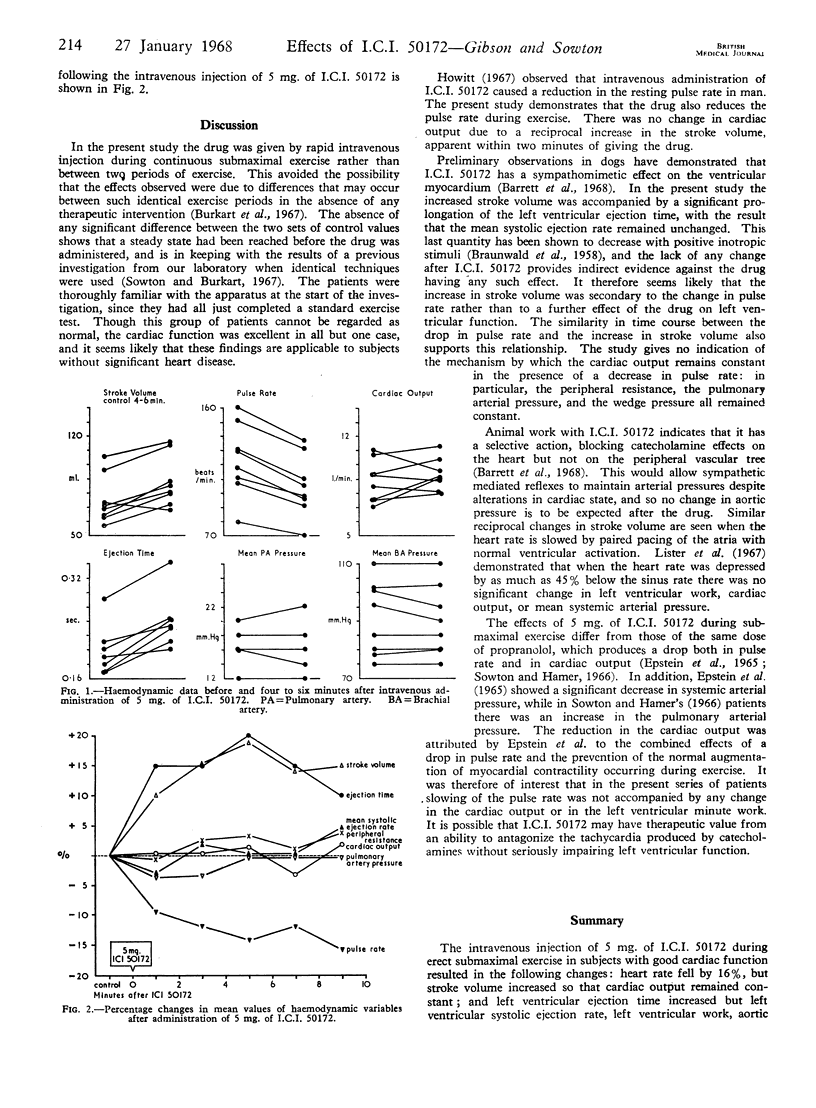Full text
PDF


Selected References
These references are in PubMed. This may not be the complete list of references from this article.
- BRAUNWALD E., SARNOFF S. J., STAINSBY W. N. Determinants of duration and mean rate of ventricular ejection. Circ Res. 1958 May;6(3):319–325. doi: 10.1161/01.res.6.3.319. [DOI] [PubMed] [Google Scholar]
- Burkart F., Barold S., Sowton E. Hemodynamic effects of repeated exercise. Am J Cardiol. 1967 Oct;20(4):509–515. doi: 10.1016/0002-9149(67)90028-8. [DOI] [PubMed] [Google Scholar]
- Epstein S., Robinson B. F., Kahler R. L., Braunwald E. Effects of beta-adrenergic blockade on the cardiac response to maximal and submaximal exercise in man. J Clin Invest. 1965 Nov;44(11):1745–1753. doi: 10.1172/JCI105282. [DOI] [PMC free article] [PubMed] [Google Scholar]
- Lister J. W., Damato A. N., Kosowsky B. D., Lau S. H., Stein E. The hemodynamic effect of slowing the heart rate by paired or coupled stimulation of the atria. Am Heart J. 1967 Mar;73(3):362–368. doi: 10.1016/0002-8703(67)90432-2. [DOI] [PubMed] [Google Scholar]
- Sowton E., Burkart F. Haemodynamic changes during continuous exercise. Br Heart J. 1967 Sep;29(5):770–774. doi: 10.1136/hrt.29.5.770. [DOI] [PMC free article] [PubMed] [Google Scholar]
- Sowton E., Hamer J. Hemodynamic changes after beta adrenergic blockade. Am J Cardiol. 1966 Sep;18(3):317–320. doi: 10.1016/0002-9149(66)90048-8. [DOI] [PubMed] [Google Scholar]


